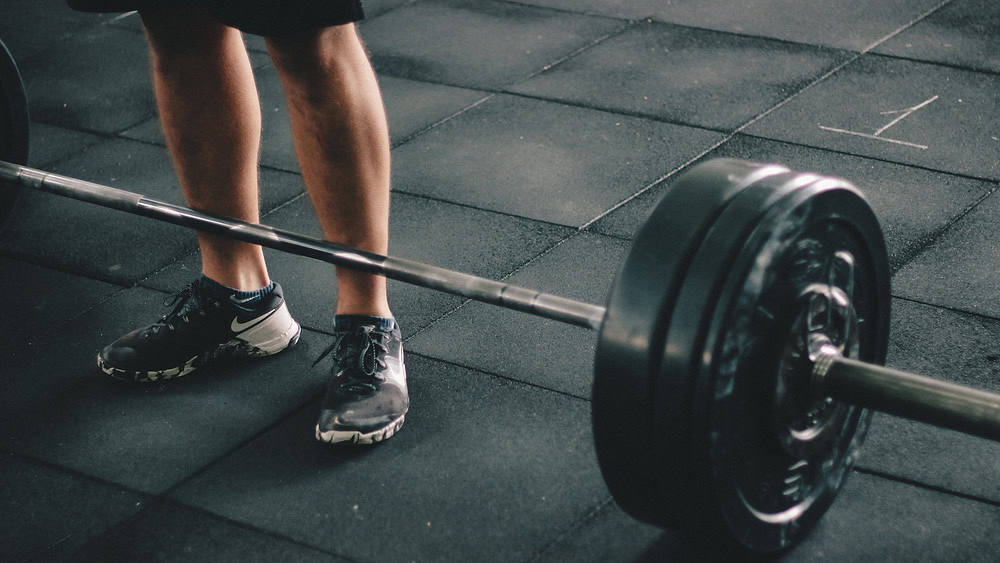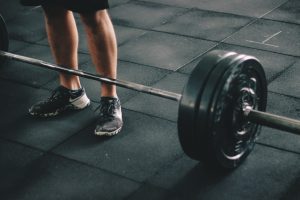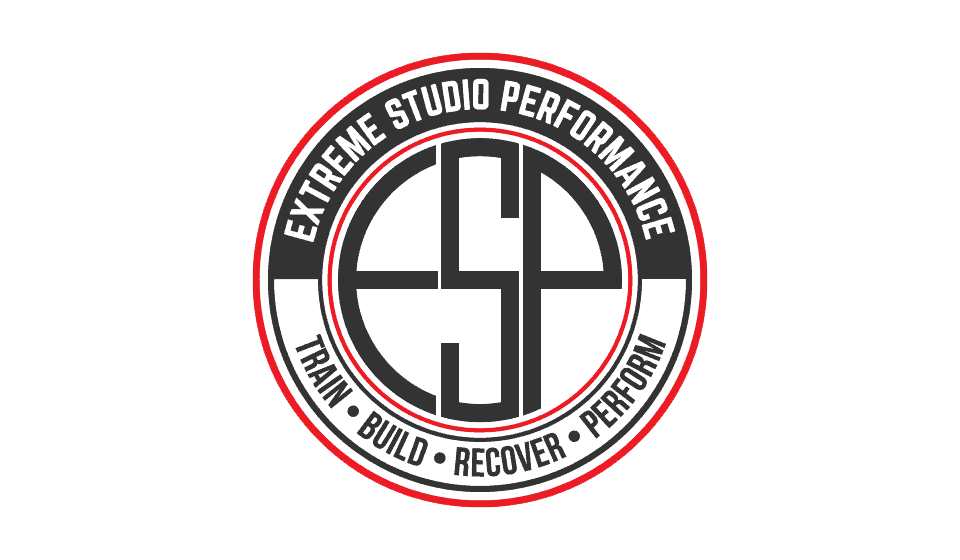

Now that the weather is getting nice, you may be tempted to forgo your resistance training and head outdoors for some aerobic exercise in the fresh air. But beware: if you give up your resistance training, you will be giving up more than you bargained for.
Why resistance train?
Resistance training is critical for true fitness. Without it, your muscles will atrophy. If you aren’t building muscle, you are likely losing it. And if you are 20 or older, you are definitely losing muscle, unless you are working hard to build it. Beginning at age 20, we begin naturally losing muscle mass every decade. The old cliché holds true for muscle mass: if you don’t use it, you lose it.
Have you ever broken your arm or leg and had to wear a cast for a few weeks? Remember what greeted you when the cast was removed? Your arm or leg was a lot smaller and felt weak. That is because just a few weeks of disuse caused the muscles to begin atrophying.
Here are some of the benefits of resistance training:
- Stop muscle loss and helps begin the rebuilding process.
- Makes daily activities easier, from carrying groceries to rearranging your furniture.
- Gives you a sculpted look.
- Increases bone density, giving you a strong, stable skeleton.
- Improves balance and coordination.
- Prevents decay of the pads between your bones, so that you do not hurt when you move.
- Causes the tendons to grow deeper into your bones, reducing the chance of tearing.
- Builds muscles which will burn more calories, even while you are resting.
- Reduces blood pressure by making your heart stronger.
- Increases your metabolism.
- Decreases blood sugar, which helps prevent insulin resistance (the precursor to diabetes).
- Improves your aerobic capacity: the stronger your muscles, the better your endurance.
- Gives you a general feeling of wellness and strength. If you are strong, you feel strong.
- Makes you a better athlete: there is no substitute for strength!
- Prevents the weak, frail “skinny-fat” look.
- Raises your energy level. The more muscle you have, the less effort you have to exert and the more energy you have available.
- Secures future protection against falls and fractures. If you age with dense bones, strong muscles and good balance, your risk of injury plummets.
- Creates 22% more after burn than aerobic exercise does. (After burn refers to the fat and calories that your body burns in the hours after you have finished your workout.)
Still tempted to give up resistance training?
Why aerobic exercise is not enough
“But,” the question goes, “Can’t I just go for a run and build muscle? I’m using muscles when I run!”
The answer is NO! Running or other aerobic exercise is not a replacement for resistance training. They are different exercises and provide different benefits. Aerobic exercise does not deliver the needed stress to your bones, muscles and tendons.
In order to build strength, you have to pull hard on tendons, do microscopic damage to your muscles and literally bend your bones. Going out for a run or putting in an hour on the treadmill will not do this sufficiently.
This is not to say that aerobic exercise is not important: it is! But it is not resistance training. You need both. And if you omit one, you do your body a great disservice.
Avoid the “skinny fat” syndrome
Another danger of focusing on cardio or aerobic exercise to the exclusion of resistance training is becoming what is known as “skinny fat.” Skinny fat is a condition in which a person appears thin on the outside, but inside they are unhealthy and at rick of illness.
If you are losing weight through diet and exercise but not simultaneously doing resistance training, you are not only losing fat: you are losing muscle as well. Your body will burn through your muscle tissue as surely as it will burn through your fat. As you lose muscle, you lose a major source of energy, and you lose tone and definition.
Further, as you lose muscle, your bones become weak, because they do not have to do as much work. Weak bones are a precursor to osteoporosis.
Hidden fat is also a risk for the “skinny fat” person. When 800 slim people underwent an MRI scan to check for visceral or hidden fat, 45% were found to have excessive amounts of internal fat, undetectable from the outside. Visceral fat is the most dangerous fat to have, because it accumulates around organs such as the pancreas, heart and liver and then begins releasing hormones and other secretions that lead to disease.
Resistance training can reduce visceral fat and help prevent the additional formation around the organs.
Don’t give up your resistance training just because spring is here and you are eager to get outside. There is no substitute for lifting heavy weights 2 to 3 times each week. Your health is on the line.
GET AFTER IT!
